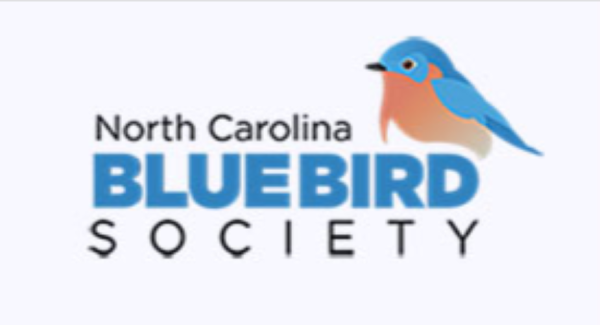Nestbox - Monitoring, Maintenance & Placement
Bluebird Expert/The Bluebird Man of Wake County, Bill Satterwhite, stressed the importance of nestboxes as a key to bluebirds’ future.
Harsh winters, pesticides, and consistently losing natural nesting habitat were some reasons they were once in danger. Additionally, shy bluebirds have to compete with aggressive birds, who take over their nesting sites and food supplies.
With help from humans, bluebirds have rebounded from some of the challenges that greatly reduced their population. But these precious birds need continued assistance, particularly regarding man-made nesting houses. Mr. Satterwhite worried that people would become complacent about the importance of nest boxes for bluebirds.
Check out the information about nestboxes below, with much knowledge provided by Mr. Satterwhite.
Tips for nest box monitoring
Keeping your nest box properly maintained
Nestboxes: Best locations to install & areas to avoid
Bill Satterwhite was devoted to bluebirds and provided outstanding conservation on their behalf. Read more about this wonderful man whose love of bluebirds was inspirational in the Summer 2020 Bluebird Notes. This edition was dedicated to Mr. Bill the year of his 100th birthday.
Up to age 102 in 2022, Bill was still doing what he could to help bluebirds, with the assistance of his family and Bluebirder friends. Sadly, he passed away in May 2022. His efforts to help bluebirds still lives on with bluebirds soaring in North Carolina, particularly in the Wake County area. We were honored and blessed to know him.
Monitoring Nestboxes
Benefits of Monitoring Bluebirds in Nestboxes
Many people are hesitant about looking into their nest boxes, but monitoring your boxes regularly can give bluebirds a much greater chance of survival.
Monitoring leads to the early detection of problems and provides valuable statistical data.
NOTE: Use caution as there could be predators or insects in nest box.
Caution/Concerns for Nestbox Monitoring
Warning: When you check the nest box, be aware of potential insects or other danger.
Carefully eliminate wasps, blowfly larvae, ants, and mites.
Do not use pesticides in the nest box!
Remove dead birds immediately!
Remove and dispose of old nests as soon as the young have fledged. This prevents the birds from building a new nest on top of the old one.
Monitoring Tips
Nest boxes should be monitored at least once a week during nesting season.
Check the boxes in the afternoon during egg laying time.
Do NOT open occupied nest boxes once the nestlings are fourteen days old.
Tap on the side of the nest box before opening it. Do not stand in front of the entrance hole! The adult will usually leave and the young will huddle down in the nest.
Warning: Open the box very slowly and carefully. Be prepared for predators and wasps. Check the box quickly and leave.
Remove and dispose of the nest as soon as the young have fledged. Clean the nest box thoroughly and rub unscented ivory soap on the interior surfaces as a wasp deterrent.
Use a molded wood fiber nest cup in nest boxes to facilitate nest building as well as monitoring activities.
Monitoring Factsheet from NABS (North American Bluebird Society.
Nestbox Maintenance
Inspection & Cleaning After Nesting Season
Warning: Use caution as there could be predators or insects in nest box.
Clean out old nests
Rub the interior surfaces with unscented ivory soap as a wasp deterrent.
Make sure nest boxes are in good condition and mounted securely.
Consider moving unproductive nest boxes to different locations.
See guidelines for Nestbox Placement (below).
Inspection & Action During Nesting Season
It is recommended to monitor Bluebirds in their nest boxes weekly. See guidelines for monitoring nestboxes (above).
Nestbox Placement
Location of nest box is an important decision
Select an open area with scattered trees and sparse ground cover.
The availability of landing places such as low trees or gutters in the proximity of nest boxes is desirable to aid bluebird fledglings in their initial flight.
Areas that are typically wise nest box location choices include:
Mown lawns
Fields
Cemeteries
Meadows
Orchards
Road sides
Avoid: Underbrush, tall grass, dense woods, farm buildings and areas where pesticides are used.
Other nest box placement considerations
Ideally nest boxes should be mounted on metal poles (equipped with approved predator guards) approximately five feet above ground.
Orient the entrance of nest boxes away from the prevailing wind pattern and toward the Southeast if possible.
Mount nest boxes so they may be easily moved or repaired.
Nest boxes should ideally be in place by the end of February.
Nest Box Plans
There are many varieties of nest box plans and mounting systems available. More information can be found on North American Bluebird Society (NABS).




